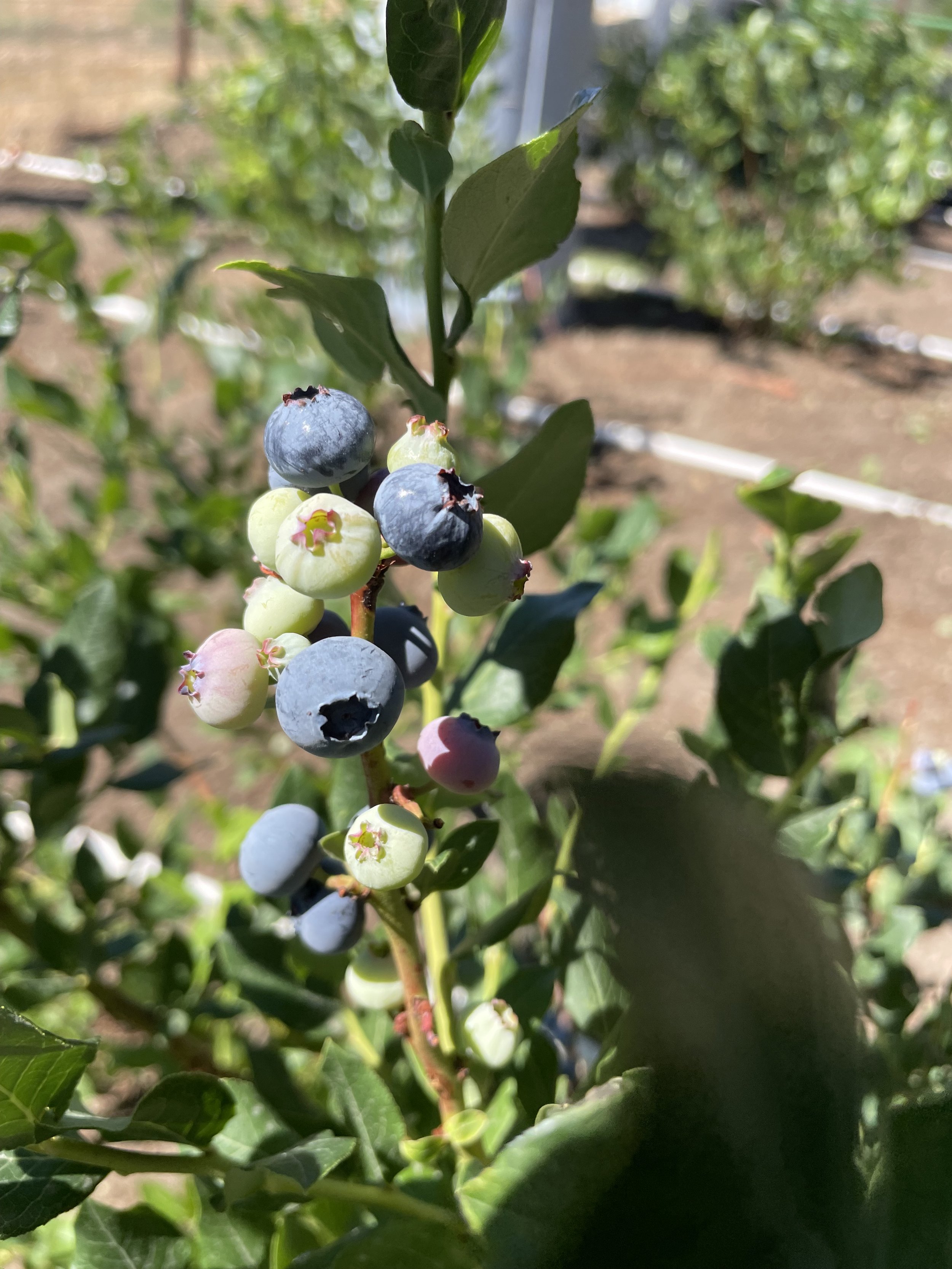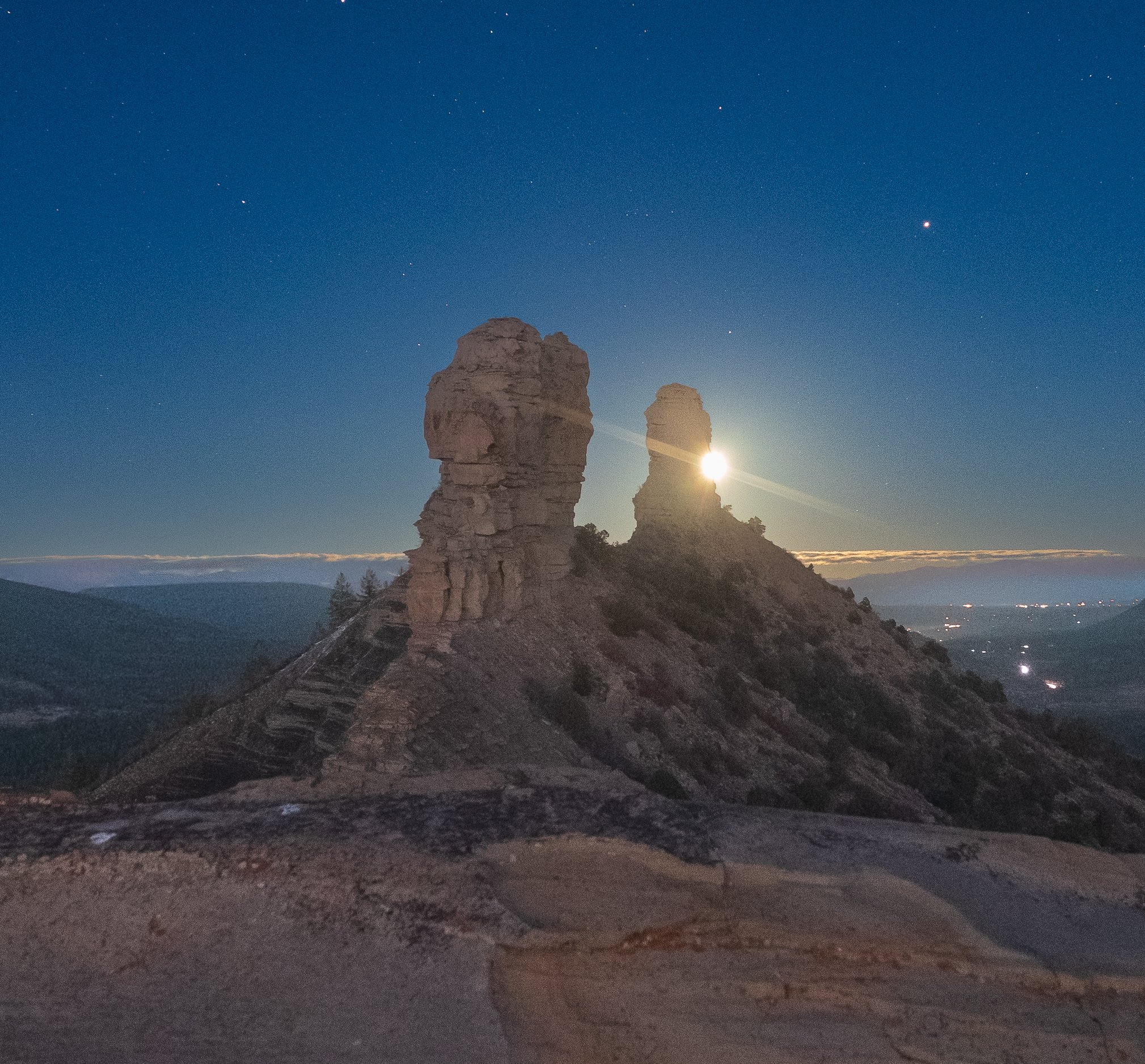The Launch!
Herb’s Field Notes Hits the Road!
Well, I’ve done it - I’ve started showing my work at Artisan Markets. I have had 3 shows so far - Saguache, CO; Creede, CO, and most recently, one day at the Northfield Shops north of Denver, and one day at the Promenade in Centennial, CO, south of Denver.
WHEW! It’s a lot of work preparing, setting up the booth, and meeting with potential customers - then taking the booth down. The end of the story is I’ve sold several items and I’ve enjoyed meeting friends I knew, and making new friends. The Artisan Market community is a whole new thing for me, and the process of setting up a business is a bit more involved than I had anticipated. I now have a whole new appreciation for small business owners!
As a result of this new endeavor, I’ve also rejuvenated my website - adding new images, and even starting an on-line store. Check it out!
After a full 5 days of shows, I am now full of advice for newbies - none of which I have followed. This advice can be encapsulated as follows - it’s hard work; it takes longer to prepare than you might anticipate; there are many unexpected expenses (e.g., booth set up; insurance; etc.); accepting payments is easier than I thought it would be; but don’t forget to set up the various sales tax tools. Finally, finding the appropriate venue (at least for photography) is complicated. Start small to gain your footing, then go for the “big boy” shows. I’m still in the “gain your footing” stage. The big shows, if I make it that far, might come next year.
At the risk of being a nuisance to my friends on social media, I’ll post announcements regarding future shows. Who knows, I might be in your neighborhood someday! If so - stop by. No obligation to purchase anything - just a visit from old/new friends is uplifting.
Until then - stay well; thanks for following me; and HEY - Stay Outta Trouble!
The Story of Herb’s Logo
In some of my recent videos I’ve mentioned that I grew up on a blueberry farm on the edge of the Pine Barrens in southern New Jersey. There is a longer version of that story, but I’ll focus for now on the part that involves the image to the left. My father, who was born in 1906, was one of the early cultivated blueberry growers in New Jersey. His first blueberry “patch” was planted in the mid-1930’s near Pemberton, NJ. For many years he was one of the charter members of the Tru-Blu blueberry marketing cooperative, but in the mid-1940’s he had established a much larger farm near New Lisbon, NJ, and production reached a level warranting an independent label.
In those days, each pint was covered with a cellophane sheet held on the pint container with a rubber band. His logo is shown to the left. Later, in the 1960’s he downsized the family blueberry farm after he suffered some health setbacks and we re-joined the Tru-Blu cooperative. But for many years, each pint he produced, probably numbering in the hundreds of thousands, could be identified with this unique label.
When I was younger, I was not so enamored with being the son of a blueberry grower. After all, we were “Pineys”, a pejorative term for people growing up and living in the Pine Barrens of NJ, a depauperate region covering almost a quarter of the state. In fact, my bona fides as a Piney are based on several generations of my ancestors living a hard-scrabble existence as farmers and laborers in the Pine Barrens going back to the late 1700’s.
About the time I left home in the early 1970’s, being a Piney started to take on a certain “charm” that has become more positively considered as the years have passed and the region is now referred to as the Pinelands. (I might post more on that at a later date once I fill in some gaps in my genealogical studies.) As I have grown older, and after living more that two-thirds of my life in the western US, the stigma attached to growing up in near poverty on a small, family blueberry farm in the Pine Barrens has moderated. In fact, some years ago I successfully established a small blueberry patch on our farm near Abilene, TX, and now, living in southwestern CO, I have another small patch of blueberries that is bearing fruit.
So, as I moved forward with this photography website and related endeavors, it seemed natural to draw on my heritage to establish a unique Logo. With a bit of Photoshop magic, I was able to extract just the blueberry cluster and border and - Wa-La - a Logo was born…..
I suppose that with the passing of time many harsh memories of youth soften for many of us, it certainly has for me. I now look back on the experience of growing up on a family farm with a more positive perspective, focusing on how the hard work strengthened family ties and contributed to the “character” I have become.
Thanks for reading, and thanks for following my website and witnessing my developing photographic and artistic skills.
The Northern Major Lunar Standstill at Chimney Rock National Monument
Chimney Rock National Monument is located about 15 miles west of Pagosa Springs, CO,. The sandstone spires are clearly visible as you travel west on highway 160 towards Durango. But what is not visible from the highway are the remains of several settlements constructed over a thousand years ago by peoples we call the “Ancestral Puebloans,” who we also often refer to as “The Ancients.” With 8 separate settlements and over 200 archeological sites, Chimney Rock National Monument provides important insights into the rich culture and history of the ancients who lived throughout the region we now refer to as the Four-Corners. There is compelling archeological and historical evidence that the settlement, referred to as the Great House, which is located on the ridge-line leading to the two sandstone pinnacles giving Chimney Rock its name, was an archeoastronomy observatory for the Chacoan culture centered about 90 miles to the southwest.
Because landscape features visible on the horizon at Chimney Rock could be used to mark seasonal and multi-year patterns in solar and lunar cycles, this site was likely of great importance to this culture. The ancient astronomers could alert surrounding communities of events like the annual winter and summer solstices; spring and fall solar equinoxes; and long-term patterns in the lunar cycle.
I recently posted a video previewing what was certainly one of the most important celestial events studied by the ancient astronomers - the Northern Major Lunar Standstill (NMLS) (see https://youtu.be/vFaKMWSnstU ). As summarized in the video, the NMLS reflects a pattern in the long-term lunar cycle whereby, every 18.6 years, the moon rises between the two spires for about 3 years, and can be observed as the full moon rising at certain times of the year.
Chimney Rock NM is managed by the US Forest Service (see https://www.fs.usda.gov/detail/sanjuan/specialplaces/?cid=stelprdb5390324 ). A local volunteer organization - The Chimney Rock Interpretive Association (see https://www.chimneyrockco.org ) - assists the forest service by coordinating educational programs; providing tour guides; and staffing the gift shop, among other things. I have helped with educational programs over the years, and last year became a tour guide. It has been an interesting and exciting experience with many opportunities to learn more about the ancients who lived here.
I’d like to encourage everyone viewing this blog to take a look at my video and visit the webpages associated with Chimney Rock National Monument. I think you will be intrigued by what you learn - and I hope you will come visit the monument in person as a result.
byefornow……
Herb’s Introductory Comments
Introduction to my blog.
Hello Everyone!
Welcome to my new website. As mentioned in my “About” section, I am a retired university professor, shifting my creative energies to nature photography and videography, I’ve actually been doing this for many years, but with my course content as the primary focus. Oh, by the way, my area of expertise has been plant biology; ecology; and environmental science - but really, all things biological. Because I have held administrative and teaching positions at small, fine arts institutions, I found myself teaching a much broader range of courses than faculty at larger institutions. I’ve also been teaching on-line courses for a long time, giving me some basic experience with various video tools.
I’ve added a blog to my webpage because I want to continue telling stories in narrative form. It’s clear that the human endeavor is having huge impacts on the biosphere. I hope my photos and videos help viewers gain a deeper understanding and appreciation for our environment - but we need to also understand that climate change and other human impacts are leading causes of the loss in biodiversity that is becoming more and more evident. So, from time-to-time, I’ll be writing about that, maybe using my photos and videos to draw attention to changes that I’ve observed or that are underscored by my work.
Thanks again for your interest in my webpage. Please be patient as I transition to these tools and come back to see what I have to say.




